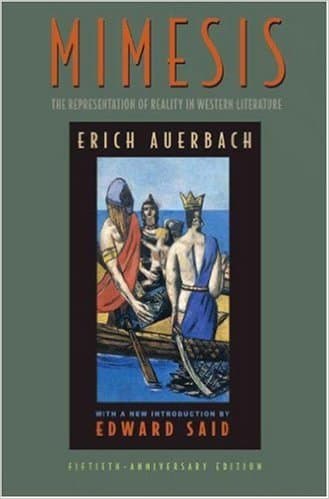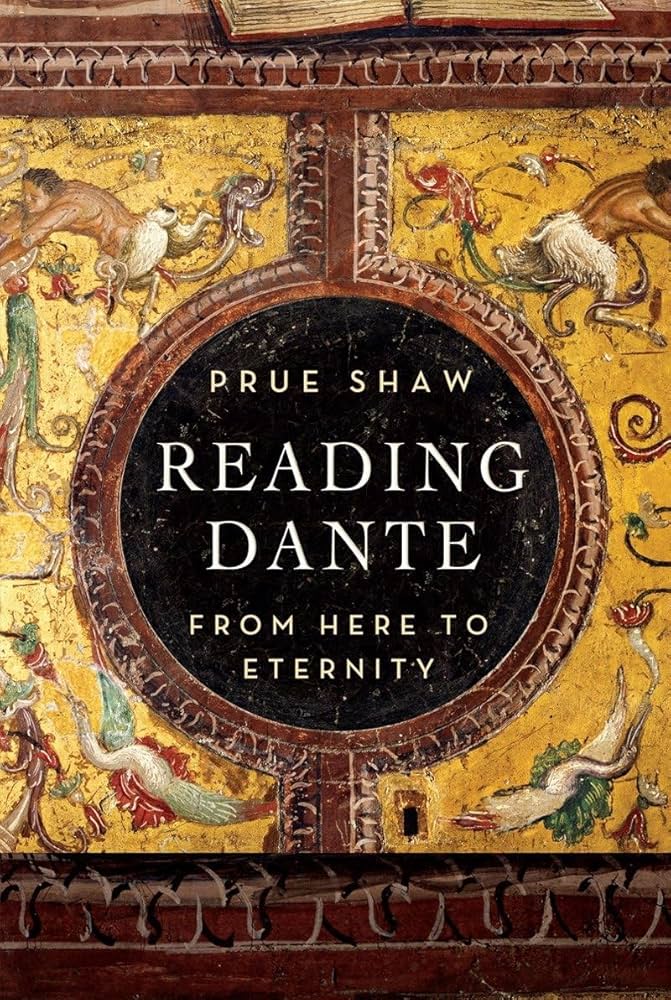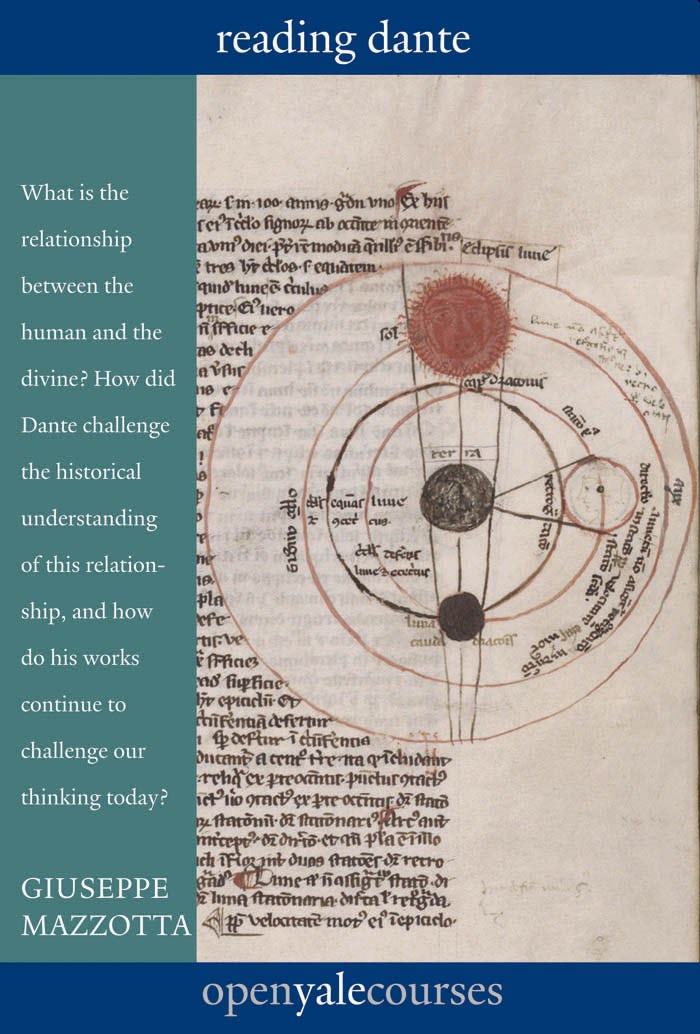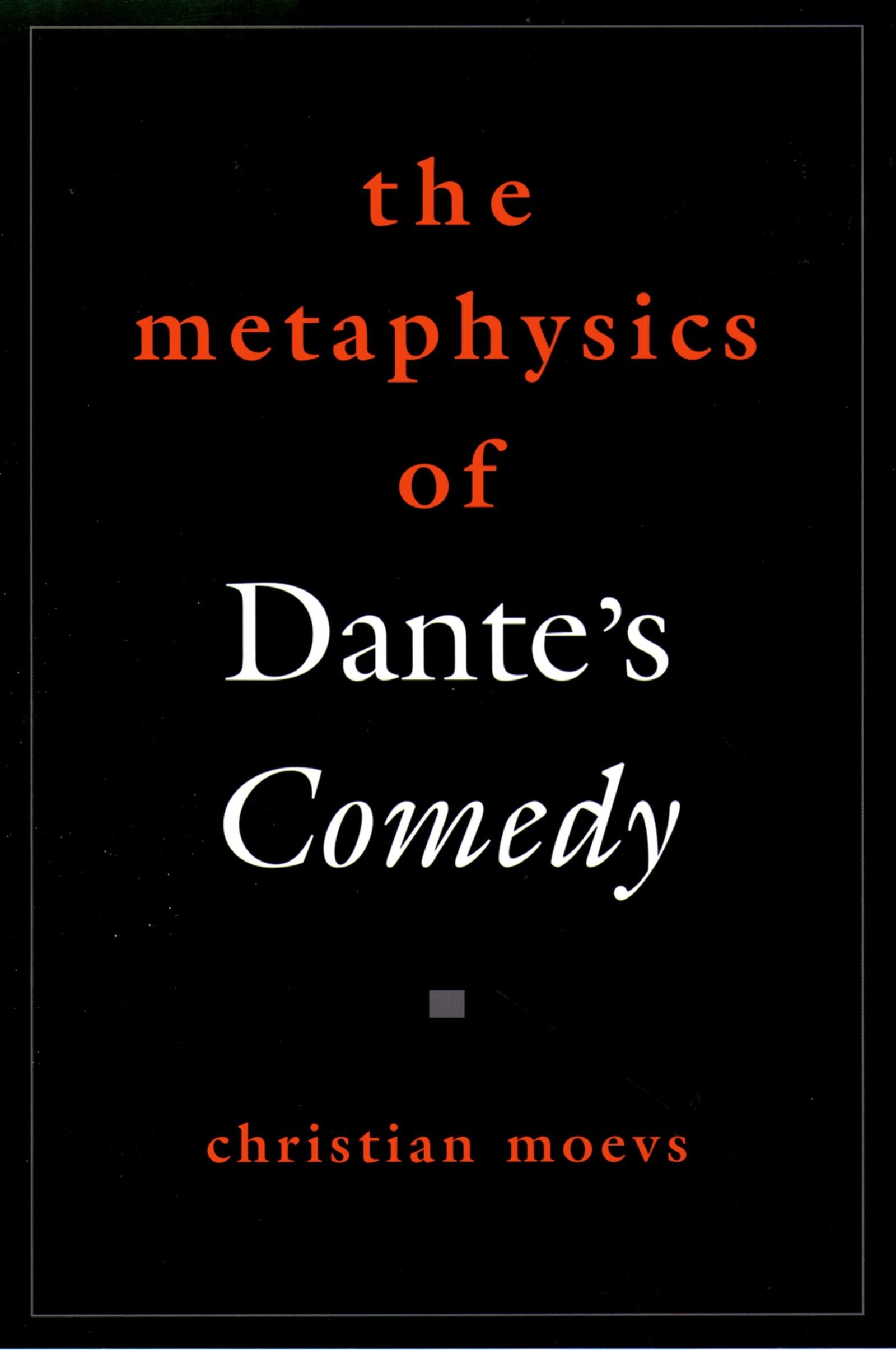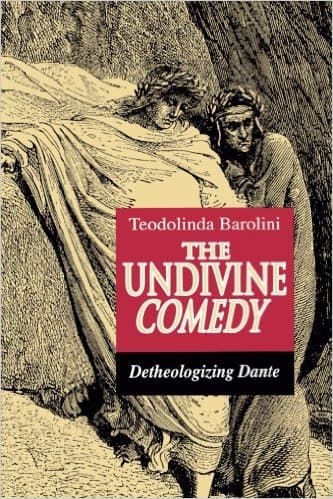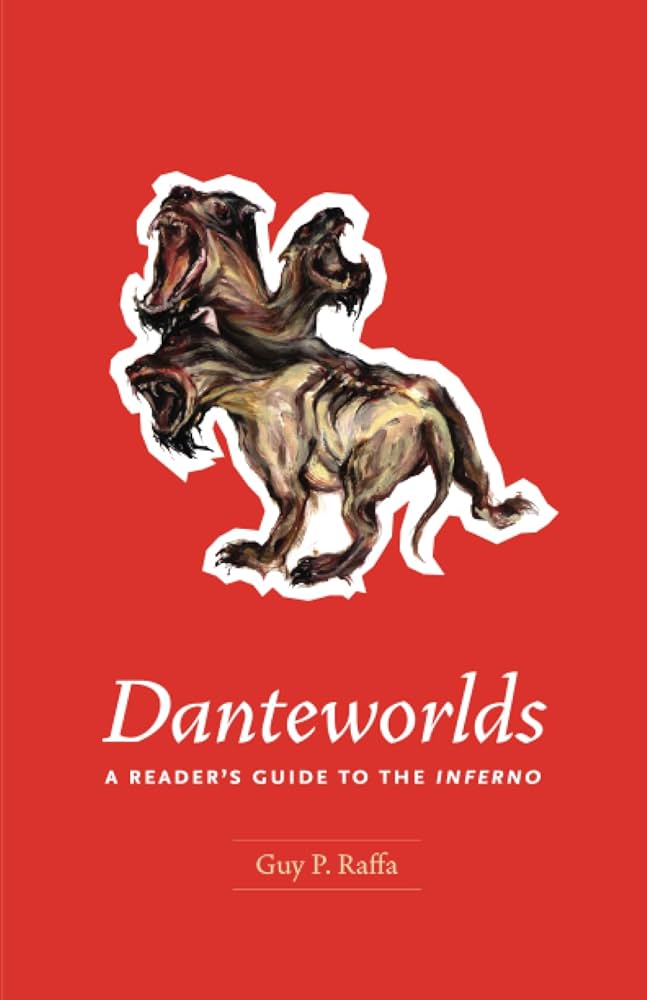9 Must-Read Books on Dante's Inferno
Dante's The Divine Comedy, particularly its first part, Inferno, has long been a cornerstone of Western literature. Dante completed the Commedia in 1320, and since then, hundreds of notable books have been published on the subject. This article presents the best critical readings of Inferno and the Comedy as a whole. The oldest book on this list was originally published in 1953, and the newest in 2016. No book from this list can be replaced with another. Most were written by scholars who dedicated their lives to studying Dante, and they all bring different approaches to reading Inferno and the Comedy.
Mimesis by Erich Auerbach (2003)
This classic study is widely considered the most influential interpretation of Dante’s Inferno, and it also stands as one of the major works in modern critical literature. As Edward W. Said notes, “a masterly … embodiment of Auerbach’s ideas about Dante: that the Divine Comedy synthesized the timeless and the historical because of Dante’s genius, and that Dante’s use of the demotic (or vulgar) Italian language in a sense enabled the creation of what we have come to call literature.” First published in 1953, Auerbach’s Mimesis continues to be an essential resource for literature scholars worldwide.
Reading Dante: From Here to Eternity by Prue Shaw (2015)
This book is just as accessible to a general reader as it would be a source of wonder to scholars. It helps modern readers feel comfortable in Dante’s world. By moving away from a strict chronological or goal-oriented approach to Inferno and the Comedy, Shaw eases any cultural anxieties or biases readers may have about Dante or medieval culture. Through chapters on “Friendship,” “Power,” “Life,” “Love,” “Time,” and “Words,” the book shows that Dante’s questions are still the questions of our time.
Dante: The Story of His Life by Marco Santagata (2016)
This biography of Dante shows how the writing of the Commedia, especially Inferno, was influenced by local and regional politics. Given the brutal conflicts between the Guelfs and Ghibellines in Florence, it would be hard to miss the connection between history and the themes in Inferno. As Tim Parks notes in the London Review of Books, "Reading Marco Santagata's fascinating new biography, the reader is soon forced to acknowledge that one of the cornerstones of Western literature [The Divine Comedy], a poem considered sublime and universal, is the product of vicious factionalism and packed with local scandal"
Dante: Poet of the Secular World by Erich Auerbach (2007)
According to scholar Auerbach, Dante was the first to describe "man...not as an abstract or anecdotal representative of an ethical type, but man as we know him in his living historical reality, the concrete individual in his unity and wholeness after Dante myth and legend also became history". This particularly applies to Inferno, while in Paradise "the more universal and impersonal become the souls that appear". One of the greatest scholar-critics of twentieth-century insists that Dante is our first great realist. In this classic study, he claims that the secular world of the modern novel first took artistic form in the poetry of Dante.
Reading Dante by Giuseppe Mazzotta (2014)
Based on Professor Giuseppe Mazzotta's Yale course, this book offers an introduction and a critical analysis of The Divine Comedy. Mazzotta explores the three parts of the poem - Inferno, Purgatory, and Paradise - within the intellectual and social context of the late Middle Ages. He pays special attention to the political, philosophical, and theological issues of that time.
The Cambridge Companion to Dante by Rachel Jacoff (2007)
The Cambridge Companion to Dante is a collection of essays written by various scholars, making it a great resource for readers interested in Inferno and the entire Divine Comedy. It provides detailed explanations of specific references in the text. The first three essays outline the overall structure of the three parts of the Comedy: Hell (Inferno), Purgatory (Purgatorio), and Paradise (Paradiso). While the rest of the book serves as a guide to the literary, intellectual and historical background to Dante's writings, his other works, and his reception.
The Metaphysics of Dante's Comedy by Christian Moevs (2008)
Considered by some as a dangerous book, Moevs's study is elegantly clear prose that expresses the most complex ideas. By focusing on the mystical and metaphysical aspects of Dante's work, Moevs aims to tackle the central issue in interpreting the Comedy. Rather than framing Dante's ideas in the context of post-Enlightenment presuppositions, Moevs finds the key to the Comedy's metaphysics and poetics in the concept of creation.
The Undivine Comedy by Teodolinda Barolini (1992)
In a "detheologized" reading of Inferno, Purgatory, and Paradise, Teodolinda Barolini focuses on the narrative techniques that allowed Dante to create an authentic work of fiction. She highlights Ulyssean elements of his poetic journey, as well as on subjects such as the visionary and the poet, the One and the many, narrative and time.
Danteworlds: A Reader's Guide to the Inferno by Guy P. Raffa (2007)
Ideal for a broad audience and first-time readers of Inferno, this book serves as a guide through Dante's underworld, exploring the 9 Circles of Hell. It provides concise information on all the major figures, deities, and creatures that Dante encounters during his journey.
